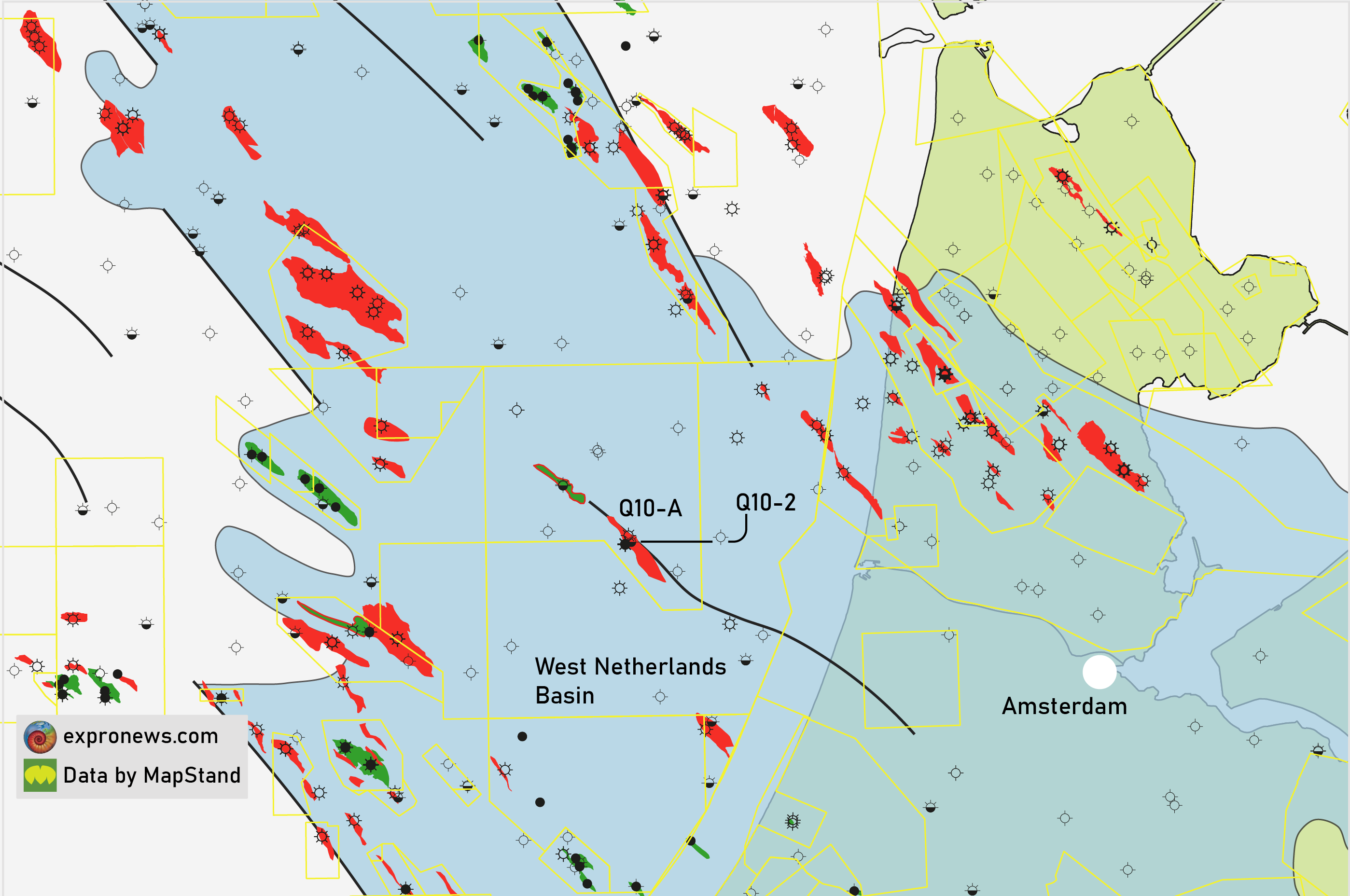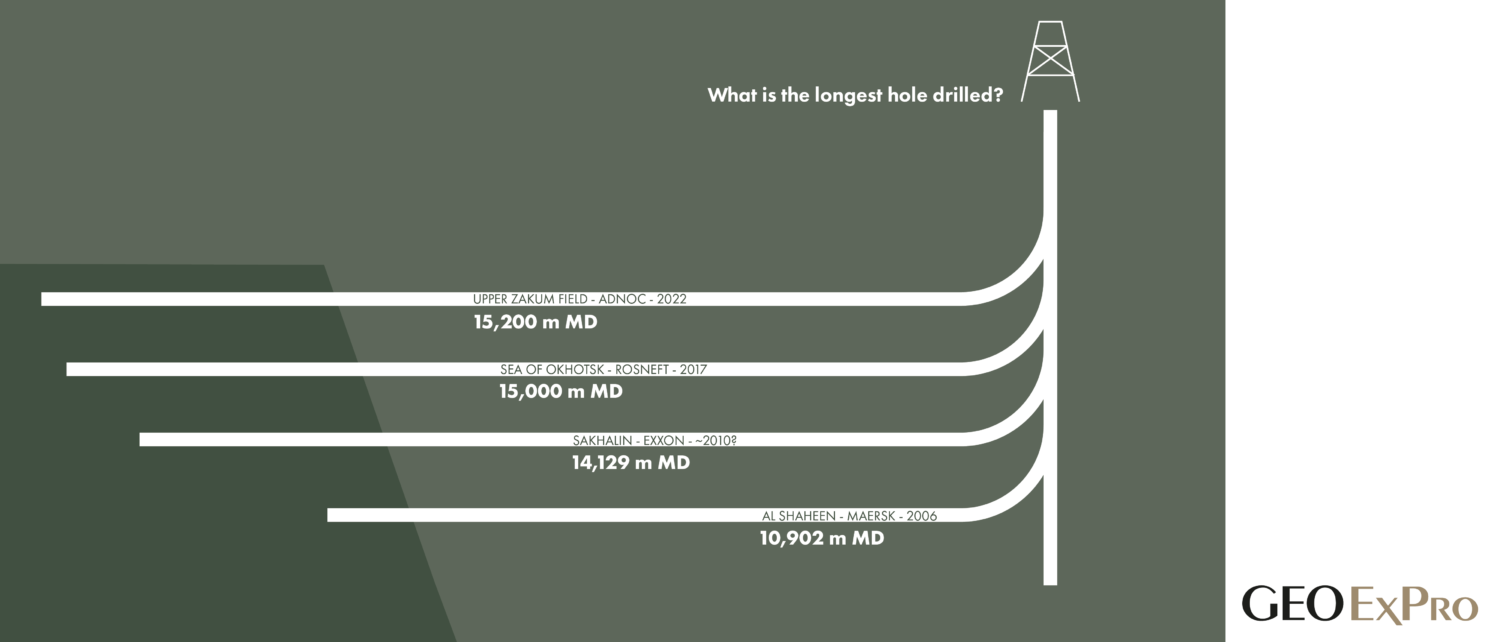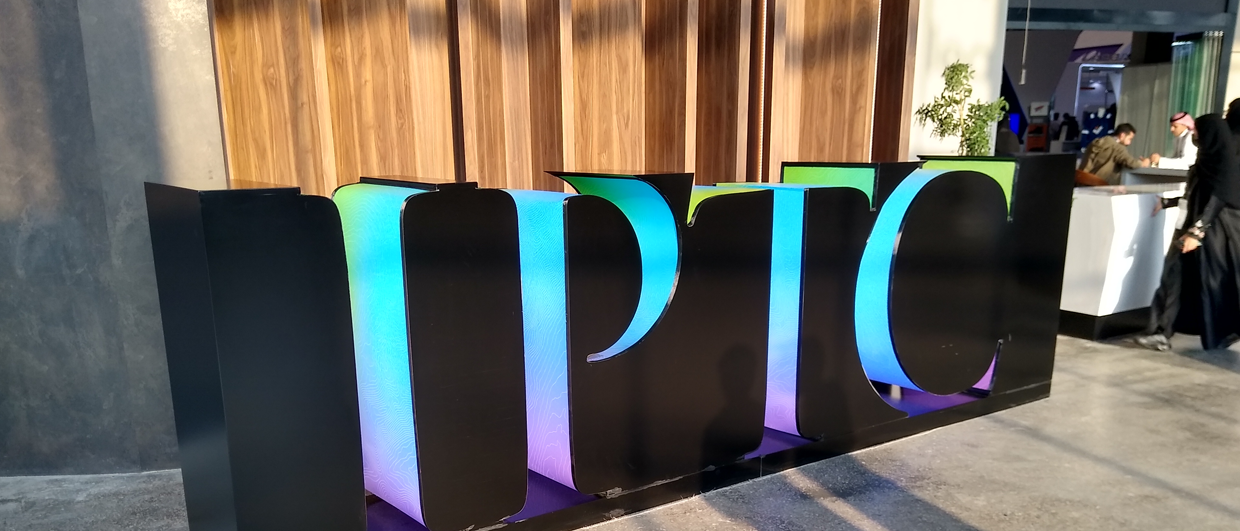The Q10-A field is a particular accumulation in multiple ways. Firstly, it is the first gas find in Dutch waters, with discovery well Q10-2 drilled in 1962 by NAM. Secondly, gas was found and is now being produced not only from “conventional” Rotliegend reservoirs, but also from overlying Zechstein carbonates and Triassic sandstones. But even more of a surprise is the presence of oil in overlying Lower Cretaceous sandstones of the Vlieland Fm.
An “unconventional” gas field
The reason why gas in Q10-A not only resides in the Rotliegend, as is the case with most fields in the Southern North Sea, is caused by the composition of the overlying Zechstein succession. The Q10-A field is located along the southern fringe of the Permian Basin, where the thick evaporitic successions of the Zechstein make way to a sandier marginal facies. This explains why the gas has been able to migrate upwards into the overlying reservoirs.
Despite Q10-A being the first gas discovery in Dutch waters, it took until 2019 until production started. Developed by Tulip Oil, Q10-A now produces from all three above mentioned reservoirs. Total estimated gas reserves at the start of production stood at 7.8 Bcm (49 MMboe).
Vlieland oil
So far, the oil has never been produced, but new owner of Q10-A Kistos now aims to develop the 40 MMbo (P50) discovery as well. In that light, the company recently completed drilling well Q10-A-04-S2, which targeted the Vlieland Sandstone oil. The well, drilled with a 825 m horizontal section, was flow tested for five days in August and achieved a stable rate of 3,200 barrels of oil per day. Based on these results, the company is now looking at options to develop the field.

The oil in the Lower Cretaceous Vlieland Fm is most probably sourced from the Posidonia Shale Formation in a downthrown fault block near Q10. With the gas probably sourced from Upper Carboniferous coals, the field also documents the two most important source rocks in the Dutch sector in one accumulation.
Another interesting aspect to Q10 is its location with respect to surrounding fields (see map above). It seems to be located in the centre of an area where most fields are situated along the margins of the West Netherlands and Broad Fourteens Basin in the north. This may have to do with migration pathways being affected by inversion-related uplift and tilting that took place during the Cenozoic, affecting the former Jurassic grabens significantly.
Kistos – currently headed up by former RockRose boss Andrew Austin – acquired Dutch operator Tulip Oil earlier this year for a sum of £220 million euros, 163 million euros of contingent payments and 5 million euros of warrants. By doing so, it not only took over as the operator of the Q10-A field, but also the undeveloped gas discoveries M10-FA and M11-FA situated just north of the isle of Terschelling. These gas discoveries are situated in a challenging Rotliegend reservoir – it is close to the pinch-out line towards the north.
HENK KOMBRINK




